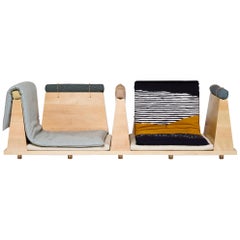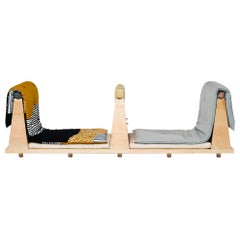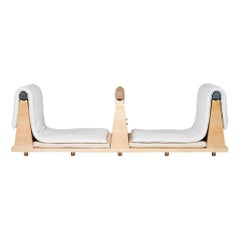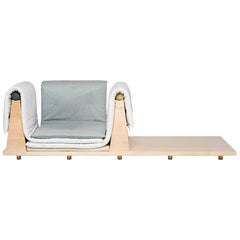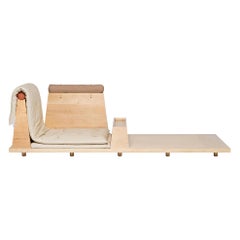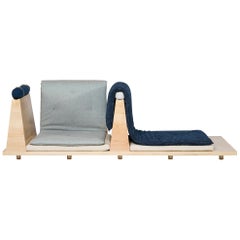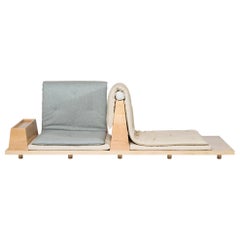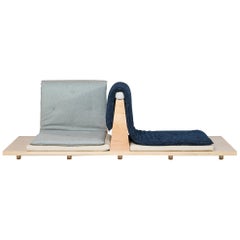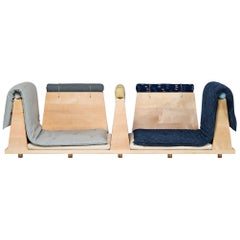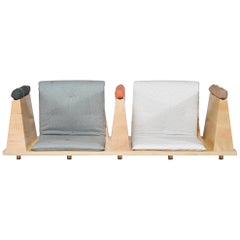Zabuton Sofa
2010s Japanese Modern Sofas
Maple
2010s Japanese Modern Sofas
Maple
2010s Japanese Modern Sofas
Maple
2010s Japanese Modern Sofas
Maple
2010s Japanese Modern Sofas
Maple
2010s Japanese Modern Sofas
Maple
2010s Japanese Modern Sofas
Maple
2010s Japanese Modern Sofas
Maple
2010s Japanese Modern Sofas
Maple
2010s Japanese Modern Sofas
Maple
2010s Japanese Modern Sofas
Maple
People Also Browsed
Vintage 1940s Finnish Scandinavian Modern Dining Room Tables
Birch, Oak
20th Century American Shelves
Metal
2010s Swedish Scandinavian Modern Sideboards
Birch, Oak
Late 20th Century French Sofas
Leather
Early 2000s Japanese Mid-Century Modern Floor Lamps
Steel
Vintage 1970s American Sofas
Velvet, Rattan
Vintage 1960s French Mid-Century Modern Armchairs
Fabric, Wool, Upholstery, Velvet, Rope, Plywood
Vintage 1980s Scandinavian Scandinavian Modern Dining Room Sets
Beech
Vintage 1980s Japanese Showa Animal Sculptures
Porcelain
21st Century and Contemporary Italian Other Beds and Bed Frames
Wood
2010s Italian Modern Table Lamps
Brass
Antique 19th Century French Napoleon III Daybeds
Fabric, Walnut
Vintage 1970s Italian Mid-Century Modern Daybeds
Fabric
Vintage 1970s Swiss Mid-Century Modern Daybeds
Leather
Mid-20th Century American Mid-Century Modern Table Lamps
Metal
20th Century Japanese Mid-Century Modern Chandeliers and Pendants
Metal
Zabuton Sofa For Sale on 1stDibs
How Much is a Zabuton Sofa?
A Close Look at Modern Furniture
The late 19th and early 20th centuries saw sweeping social change and major scientific advances — both of which contributed to a new aesthetic: modernism. Rejecting the rigidity of Victorian artistic conventions, modernists sought a new means of expression. References to the natural world and ornate classical embellishments gave way to the sleek simplicity of the Machine Age. Architect Philip Johnson characterized the hallmarks of modernism as “machine-like simplicity, smoothness or surface [and] avoidance of ornament.”
Early practitioners of modernist design include the De Stijl (“The Style”) group, founded in the Netherlands in 1917, and the Bauhaus School, founded two years later in Germany.
Followers of both groups produced sleek, spare designs — many of which became icons of daily life in the 20th century. The modernists rejected both natural and historical references and relied primarily on industrial materials such as metal, glass, plywood, and, later, plastics. While Bauhaus principals Marcel Breuer and Ludwig Mies van der Rohe created furniture from mass-produced, chrome-plated steel, American visionaries like Charles and Ray Eames worked in materials as novel as molded plywood and fiberglass. Today, Breuer’s Wassily chair, Mies van der Rohe’s Barcelona chair — crafted with his romantic partner, designer Lilly Reich — and the Eames lounge chair are emblems of progressive design and vintage originals are prized cornerstones of collections.
It’s difficult to overstate the influence that modernism continues to wield over designers and architects — and equally difficult to overstate how revolutionary it was when it first appeared a century ago. But because modernist furniture designs are so simple, they can blend in seamlessly with just about any type of décor. Don’t overlook them.
Finding the Right Day-beds for You
An antique or vintage daybed is a practical solution for furnishing any modest-sized bedroom or guest room and can even be a versatile option for the reading nook in your living room.
Daybeds, which traditionally comprise a simple three-sided frame and twin-size mattress or boxy foam cushion, have a long history that dates back at least to the early Greeks and Romans. The spare construction and multipurpose nature of these multifunctional marvels — they’re not loveseats, sofas or chaise longues, but each share some commonalities — have over time rendered them an easy and often essential piece of seating.
All manner of daybeds have materialized over the years. There are ornate, unconventional versions created in the Louis XV, Art Deco and Empire styles, while popular mid-century modern iterations include the Barcelona daybed, designed by Ludwig Mies van der Rohe and Lilly Reich, as well as the Nelson daybed, which architect George Nelson created for Herman Miller in the 1940s. But you don’t have to limit yourself to one of the classics.
Variations on the daybed have been developed all over the world, and contemporary examples come in all shapes, upholstery options and sizes. (They’re no longer limited to twin size.) No matter what style you choose, this luxury furnishing ensures that you don’t have to wait until nighttime to start dreaming.
On 1stDibs, find a cozy collection of antique, new and vintage daybeds today.
